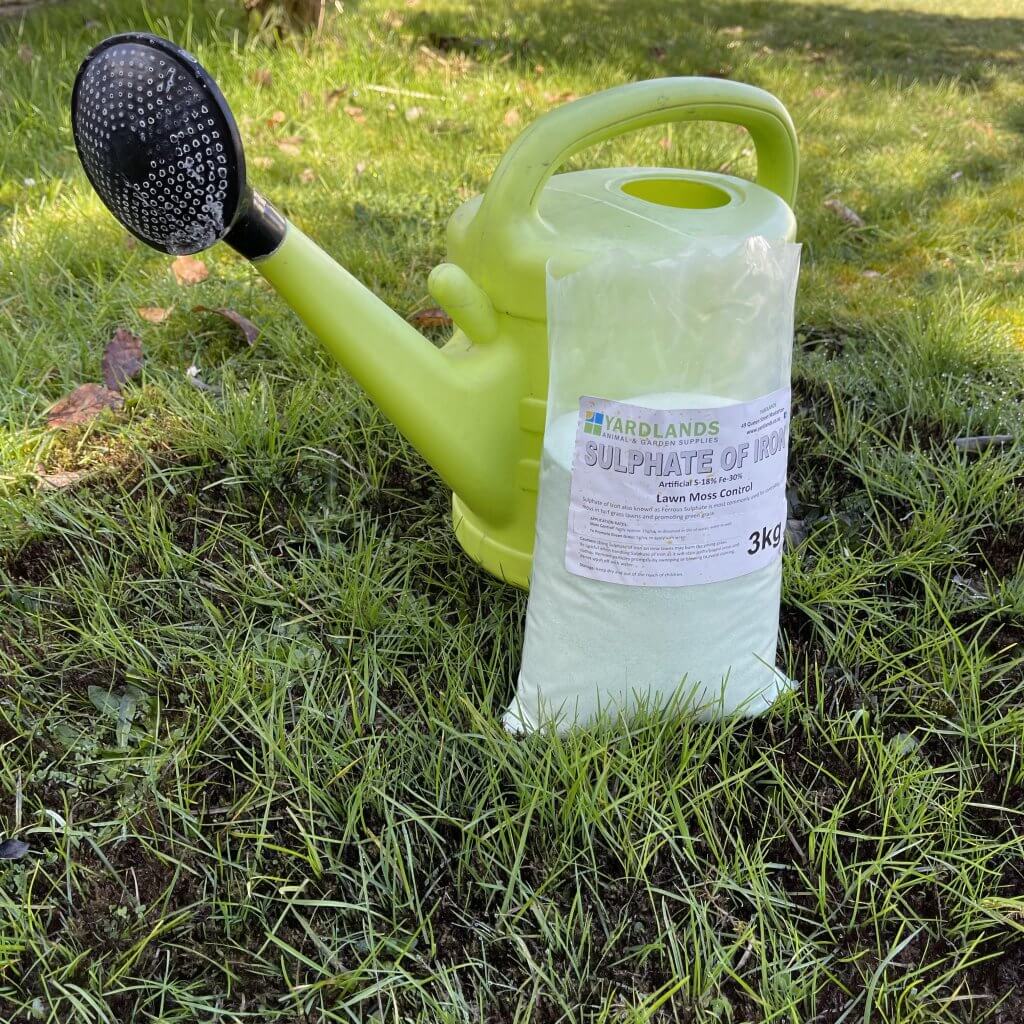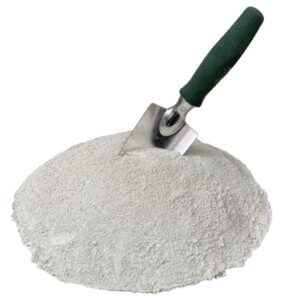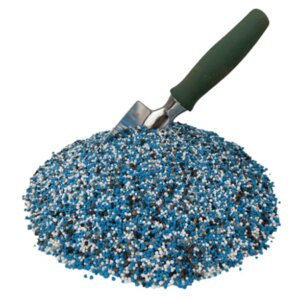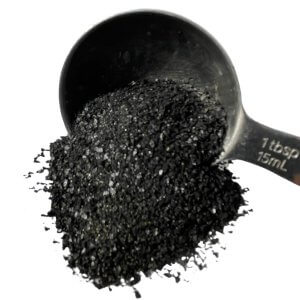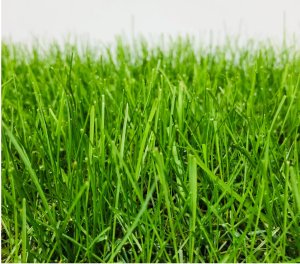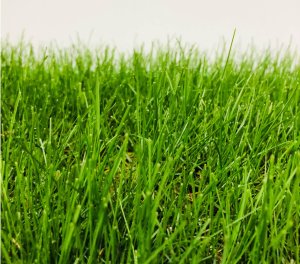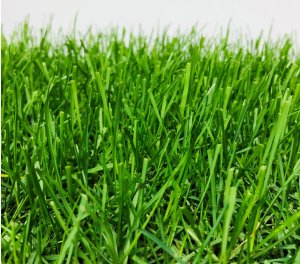Lawn Care
LAWN MOSS
LAWN MOSS
Although moss can be controlled using sulphate of Iron the truth is it will return unless the overriding reason for it being in the lawn is rectified.
The three main reasons moss thrives and grass struggles in our lawn:
- Shady lawn: If you are unable to remove the cause of the shade then make sure to use a lawn seed mix that contains shade tolerant fescue like Yardlands Shady Yard.
- Moist lawn: There are too many reasons for a wet lawn and just as many remedial measures to list. Discussing your drainage issue with a plumber, council, landscaper, or earth works contractor is advisable.
- Soil pH and nutrient levels: Lawn grass requires a regular supply of nutrients to be at its best. If the grass is underfed it will struggle to compete with moss, this is the number one reason for moss in our lawns.
How to raise soil pH and fix nutrient availability.
If our soil was a car then a low pH could mean it’s seized and needs some grease to free things up.
Lime contains calcium which is commonly used to raise soil pH, finer the lime the quicker it’ll work. Don’t forget there are other important elements like magnesium and potassium that also influence soil pH, these need to be included in a fertilising program.
Once things are freed-up we can start adding some gas to get the wheels turning this will improve soil structure and increase the amount of plant available nutrient. We do this by adding a source of carbon from organic matter like compost, blood & bone, animal manure, liquid seaweed or humates.
We can control how fast the wheels turn by applying nitrogen. Applying nitrogen to the soil is like putting our foot on the accelerator too little and plant growth will be sluggish too much and the soil will run out of gas. A simple assessment of what elements have been recently applied to the soil can give us an idea of what’s needed.
Killing moss and resowing the lawn.
- Sulphate of iron is the best product to kill lawn moss. The best time to kill moss is early spring so there is time to establish new lawn seed before summer.
- Apply sulphate of iron at 15g (approx. 1 tablespoon) per square metre of lawn, either dry or dissolved in water (1ltr for every 15g).
- Moss will become black within hours of applying sulphate of iron, it will become easier to rake out in about 2 weeks. Once the moss is removed begin applying soil amendments, prepare a seed bed and sow a suitable lawn seed mix.
Note:
Take care when spreading sulphate of iron, it will permanently stain clothing, carpet, concrete, paths, pavers, pots, and bricks. Avoid walking on treated areas this may transfer the product onto concrete paths etc.
Yardlands fertiliser range is extensive, unique and competitive.
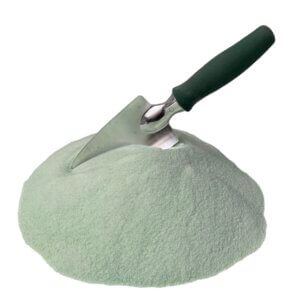 SULPHATE OF IRON
SULPHATE OF IRON
The best product to kill lawn moss.
Use dry or wet.
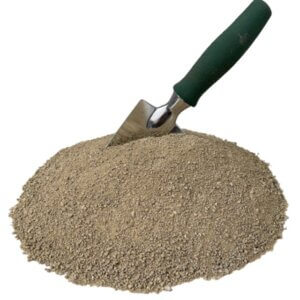
GARDEN LIME
A source of calcium.
Easy to spread.
LIME FLOUR
Quick source of calcium.
Messy to spread.
GREEN UP
Professional Lawn Fertiliser.
Timed release nutrient specifically for lawns.
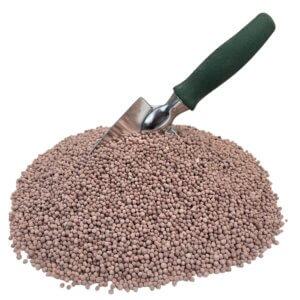
LAWN STARTER
Feeds seed.
N-P-K in one near pH neutral granule.
![]()
SEAWEED (KELP)
Soluble Powder.
Excellent source of trace elements and carbon.
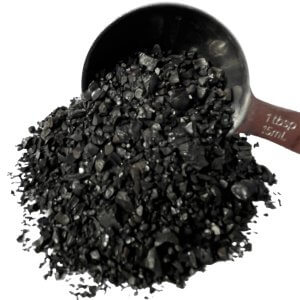 SUPER SOIL
SUPER SOIL
Soluble Humate Granule.
High carbon soil amendment.
BLOOD & BONE
Organic form of fertiliser.
An excellent source of nitrogen, phosphate plus carbon.

Yardlands Certified Lawn Seed is supplied by leaders in the New Zealand turf grass industry.
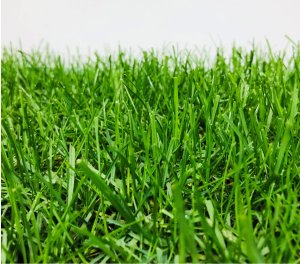 COURT YARD
COURT YARD
The most durable lawn mix.
Mix Includes:
Turf Ryegrass
Chewings Fescue
Creeping Red Fescue
FRONT YARD
The most attractive lawn.
Mix includes:
Brown Top
Chewings Fescue
Creeping Red Fescue
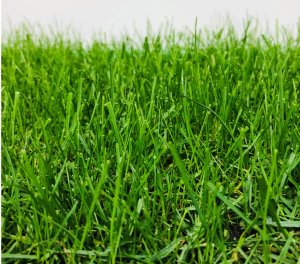
HARDY YARD
The hardiest lawn.
Mix includes:
Turf Ryegrass
Brown Top
Chewings Fescue
Creeping Red Fescue
SHADY YARD
For shady dry places.
Mix Includes:
Hard Fescue
Chewings Fescue
Creeping Red Fescue

